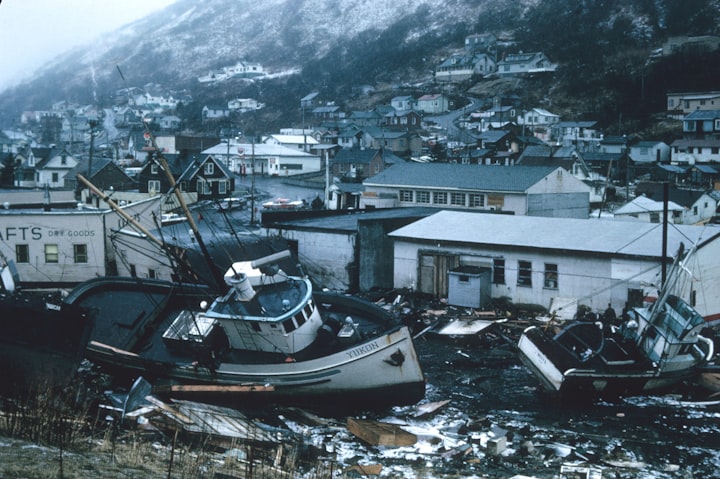
A diamond is formed when the earth's crust lies about 150 miles [150 km] underground and is brought up over mountain mud. In a volcanic eruption, diamonds are pressed upward by joints from a coating. Diamonds are formed by pressing the earth's crust, which is why mines are found in river beds.
There are many types of mining strategies, but the most common mining process is for open mines or diamond extraction. Diamond mines have existed as private companies and state-sponsored businesses since the first diamonds were discovered in India in the 4th century BC.
Special mining vessels extract diamonds from the sea. Horizontal diamond mining in the sea uses caterpillars to absorb rocks from the sea and up through flexible pipes while standing diamond mines use large drilling rigs on ships to extract this dust. Ore and gravel containing diamonds are then collected in large processing facilities where they are found as diamonds.
Open pits are created by drilling holes in the volcano that expose kimberlite tubes containing diamonds. Miners built walls to divert rivers and open diamonds produced by dry rivers and the sea. As soon as the pipelines are exposed, the metal is blown to loosen the rock, which is then lifted and loaded onto a truck where the extraction process can begin.
Open mines are known for their unusual architectural structures that lead to large holes exposing kimberlite tubes that love to hold diamonds. Pipe drilling is done when in situ diamonds are found underground by cracks in nature, tunnels, or pipes. These are natural channels through which diamonds are extracted, which are considered man-made.
A horizontal marine mine incorporates flexible seawater pipes to extract diamonds, while a standing ocean mine uses a wide range of spacecraft to penetrate deep into the ocean. Diamonds are found in abundance and quality at sea, but mining can be difficult.
To better understand the real process, diamonds are extracted from river beds and beaches, washed away by rocks, and carried away. Investing in a mine can all be as simple as removing stones from a stream, or being as complex as large river crossing projects to obtain long diamonds. To extract diamonds from the sea, the contaminants are transported to the mines where they are mined.
Major producers of alluvial diamonds include Russia and the Lulo Diamond Project in Angola. Small-scale diamond mining supports 1.5 million miners and their families in Africa and South America and produces 15% of the world's diamonds.
An open diamond mine is the most common way to extract diamonds from kimberlite tubes. According to Emporia State University, diamond extraction has been mechanized and renewed over the centuries to make the process easier.
Compared to many mining industries, diamond mining has very little environmental impact due to the chemicals used. Most of the diamonds are mined in the ground and a few are extracted from small marine diamonds and found in the world, according to the Mbendi Business Information website. In addition, it is an important source of employment in many developing countries around the world, where there are no job opportunities.
As it turns out, diamond mining is one of the most resource-intensive and time-consuming processes in which companies invest their efforts. Let's take a look at some of the methods used to extract diamonds from the ground.
It is estimated that more than 250 tons of ore are needed to produce a carat of bad diamonds. About 120 million carats are lost each year, almost a quarter of what is considered quality.
The annual production of diamonds ranges from billions of sectors to several million. For example, between 1981 and 1991, the Finsch mine produced 5 million carats and with the annual production of diamonds in the year Argyle Lamproit reached 3.9 million carats. Because diamonds have such a high value, the cost of underground mining is high and the amount of ore that can be extracted is low.
When you think about why diamonds are so interesting because of their role in our emotional life, one has to arm them, because their origins are truly amazing. The diamond-selling world contains billions of years of history and love from distant lands. They are the victims of big machines and the endless ingenuity of man to find and take them out.
As you can imagine, the journey through the fierce diamonds, from its violent creation to its organization in a beautiful place, is a long process that goes through many different paths.
The earliest types of marine diamond mines required swimmers to collect shallow marine rocks, but modern technology has allowed direct and direct access to ocean mines at great depths. Miners use flexible seawater to bring diamonds to the surface of horizontal mines. Water from streams and rivers is a major factor in the formation of secondary deposits in the mines, as it transports bad diamonds and kimberlites through pipelines to deep oceans.
It may surprise you, but mining does not end with the release of bad diamonds. Alluvial mining is the last resort mining and refers to diamonds brought to the coast by wind or water, not diamonds brought to the coast by wind and water. It’s about extracting diamonds brought to their resting place by air or water, whatever it may be.
About the Creator
saurab sharma
Hello there, I am a content writer and a freelancer,





Comments
There are no comments for this story
Be the first to respond and start the conversation.